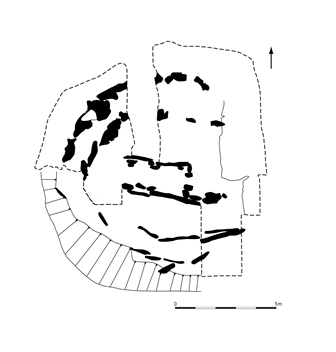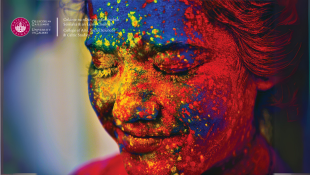-
Courses

Courses
Choosing a course is one of the most important decisions you'll ever make! View our courses and see what our students and lecturers have to say about the courses you are interested in at the links below.
-
University Life

University Life
Each year more than 4,000 choose University of Galway as their University of choice. Find out what life at University of Galway is all about here.
-
About University of Galway

About University of Galway
Since 1845, University of Galway has been sharing the highest quality teaching and research with Ireland and the world. Find out what makes our University so special – from our distinguished history to the latest news and campus developments.
-
Colleges & Schools

Colleges & Schools
University of Galway has earned international recognition as a research-led university with a commitment to top quality teaching across a range of key areas of expertise.
-
Research & Innovation

Research & Innovation
University of Galway’s vibrant research community take on some of the most pressing challenges of our times.
-
Business & Industry

Guiding Breakthrough Research at University of Galway
We explore and facilitate commercial opportunities for the research community at University of Galway, as well as facilitating industry partnership.
-
Alumni & Friends

Alumni & Friends
There are 128,000 University of Galway alumni worldwide. Stay connected to your alumni community! Join our social networks and update your details online.
-
Community Engagement

Community Engagement
At University of Galway, we believe that the best learning takes place when you apply what you learn in a real world context. That's why many of our courses include work placements or community projects.
The Parknabinna court tomb excavation
The Burren, Co. Clare
The earliest evidence for occupation on Roughan Hill comes from the excavation of the Neolithic Cl 153 court tomb where radiocarbon dates suggest that it was constructed and first used in the Early Neolithic, sometime in the early to mid 4th millennium BC. The remains of at least twenty individuals were recovered. Males, females, adults and sub-adults were all present and the monument seems to have served as a focal point for a small-scale segmentary society. Most of the bone deposits seem to be the result of successive inhumations of single bodies which were then re-arranged and moved when they were in advanced stages of decomposition. Sometime around c. 3095 – 2765 BC the back chamber was blocked off, but the front chamber continued to be used into the first half of the third millennium BC. There are several interesting aspects of the architecture of the tomb including a very narrow ‘court’ and a short, heel-shaped cairn – both of which seem to be features of a local variant type of court tomb.
Principle Investigator
Carleton Jones (NUI Galway)
Funding
Royal Irish Academy
INSTAR
 |
|
|
Plan of the excavated Parknabinnia atypical |
Excavating the bone deposits in the |
Related Publications
Jones, C. (forthcoming) Regional traditions and distant events – Parknabinnia and other atypical court tombs in north Munster, western Ireland (paper presented at the ‘Megaliths, Societies, Landscapes – Early Monumentality and Social Differentiation in Neolithic Europe’ conference, June 2015, Kiel, Germany).
Beckett, J. (2011) Interactions with the Dead: A Taphonomic Analysis of Burial Practices in Three Megalithic Tombs in County Clare, Ireland. European Journal of Archaeology 14 (3), 394-418.
Beckett, J., Jones, C. (2002) 'Preliminary assessment of the bone remains at the Parknabinnia chambered tomb (Cl 153) on Roughan Hill' The Other Clare 26 .
Jones, C. (2003) 'Neolithic beginnings on Roughan Hill and the Burren' In: Armit, I.; Murphy, E.; Nelis, E.; Simpson, D (eds). Neolithic Settlement in Ireland and Western Britain, 188-94. Oxford: Oxbow.
Jones, C., Gilmer, A. (1999) 'First Seasons Excavation at Cl 153 a Court Tomb on Roughan Hill, and the Expansion of the Settlement and Field Wall Survey' The Other Clare 23.
Schulting, R., E. Murphy, C. Jones, G. Warren (2011) 'New dates from the north and a proposed chronology for Irish court tombs'. Proceedings Of The Royal Irish Academy, 112C :1-60.




















